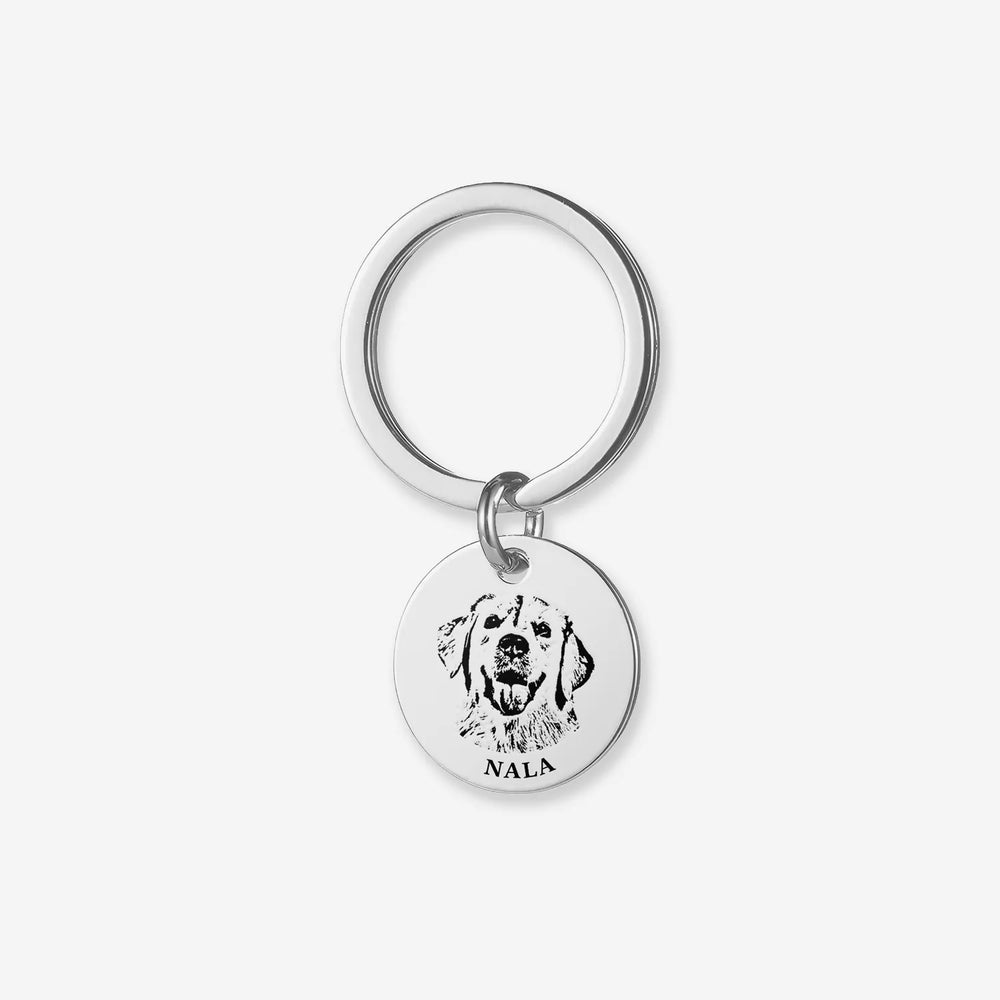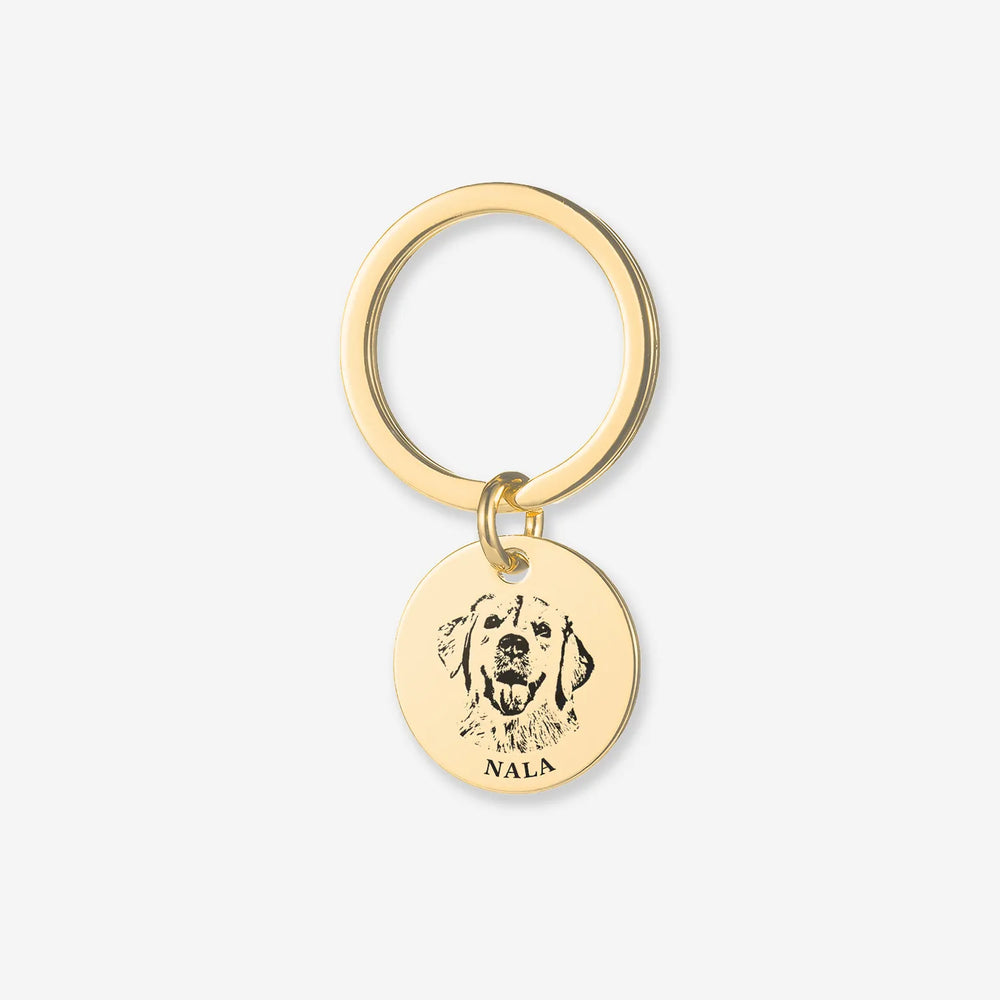Buy One, Get One FREE
10 Signs Your Dog is Dying: Recognizing the Indicators

Dogs have a short lifespan, and they spend their entire lives by our side. Birth, aging, illness, and death are not only experiences humans go through; dogs and other animals must face them as well. The flowers and plants on Earth cannot escape this natural law either. So, what signs might our beloved canine companions exhibit before they pass away? Are there any unusual physical behaviors that can indicate their approaching end? Today's article will discuss this topic to help more pet owners recognize these behaviors.
Unlike humans, dogs cannot speak and tell us they are dying. Therefore, we need to observe their behavior to determine whether they are dying or just sick.

Average Lifespan of Adult Dogs
The average lifespan of adult dogs is a complex and variable topic influenced by multiple factors, including size, genetic makeup, care, health status, and living environment.
Overall Average Lifespan
The average lifespan of dogs is around 10 to 15 years. This is a relatively broad range because the lifespan varies with different breeds, sizes, and care conditions.
Relationship Between Size and Lifespan
Generally, larger dogs have a shorter average lifespan. For instance, large breeds may live between 9 to 12 years, while small breeds may reach 12 to 15 years or even longer.
Breeds like Poodles, which are small dogs, tend to have longer lifespans among pet dogs, averaging 15 to 20 years.
Specific Studies and Opinions
A 2019 study by Professor Toru Kimura from Japan's National University indicated that supplementing specific active ingredients (such as β-Nicotinamide Mononucleotide, NMN) can have significant anti-aging effects in animal experiments, providing scientific evidence for increasing dogs' lifespans.
Professor Michelle from the Royal Veterinary College in the UK believes that dogs mature the fastest in their first year, equivalent to 21 human years, and subsequently age approximately four human years for each additional year. This perspective helps us understand the correspondence between dog and human ages.
How do I know if my dog is dying or just sick?

Dogs show signs before they die, typically exhibiting behaviors different from usual. These include decreased appetite, weight loss, reduced energy, abnormal excretion, rapid breathing, and unusual behavior. To determine if your dog is sick or dying, observe and evaluate the following aspects:
Observe Your Dog's Mental State
When sick: Dogs may appear lethargic, react slowly to external stimuli, have a dull gaze, and be less lively than usual.
When dying: The dog's mental state worsens further, possibly resulting in prolonged lethargy, even coma, with weak or no response to the owner's calls and touches.
Note Changes in Your Dog's Appetite
When sick: Dogs might lose their appetite, eat less or become picky, but may still eat occasionally.
When dying: The dog's appetite significantly declines, possibly refusing all food and may vomit, with vomit containing only foam or yellow-green stomach acid.
Observe Your Dog's Breathing and Heart Rate
When sick: Breathing and heart rate might increase but generally remain within normal limits.
When dying: Breathing becomes very shallow and slow, with long intervals, possibly resembling a faint breathing state. The heart rate significantly drops from the normal 100 to 130 beats per minute to 60 to 80 beats per minute or lower.
Note Your Dog's Posture and Movements
When sick: Dogs may move slowly but can still perform basic actions like standing and walking.
When dying: Muscles become very weak, possibly leading to involuntary twitching, unsteady gait, or inability to stand. The dog may also isolate itself in a corner, unwilling to move.
Check Your Dog's Excretion
When sick: Diarrhea or constipation may occur, but the dog generally retains control.
When dying: Due to loss of muscle control, dogs may become incontinent, with excretion possibly watery and foul-smelling or containing blood.
Observe Your Dog's Skin and Mucous Membranes
When sick: The skin may be slightly dry but usually retains elasticity.
When dying: Due to dehydration, the skin becomes loose, not quickly returning to its original state after pinching. Gums and lips lose color, turning pale.
10 Signs Your Dog is Dying

Dogs exhibit different behaviors from usual when they are dying. We can determine if a dog is dying based on these behaviors and should provide extra care and companionship if they exhibit them.
- Noticeable Decrease in Appetite: The dog may completely stop eating, indicating declining bodily functions preventing proper digestion.
- Significant Weight Loss: Inability to absorb nutrients and high energy consumption to sustain life may cause noticeable weight loss.
- Energy Decline: Dogs may no longer be lively, stop chasing toys, or jumping on beds or sofas, becoming very quiet and sleeping most of the time.
- Excretion Issues: Difficulty in urination or defecation, or changes in excretion quantity and color, indicating organ failure.
- Rapid Breathing and Increased Heart Rate: Signs of heart and lung function decline.
- Abnormal Behavior: Hiding, refusing interaction, or losing sense of direction, indicating fear and anxiety about their impending death.
- Eye Changes: Dilated pupils or dull eyes, indicating declining bodily functions.
- Skin and Fur Changes: Dry, loose skin, and dull or shedding fur.
- Coma: Unresponsive to external stimuli, not opening eyes, and extremely weak body, indicating the end of life.
Scientific Methods to Extend Dog Lifespan
Scientific care is key to extending a dog's lifespan, including providing nutritious diets, regular health check-ups, appropriate exercise, and a good living environment.
Spaying/neutering can also extend a dog's life by reducing the risk of diseases such as pyometra and mammary tumors.
End-of-Life Care for Dogs
At the end of life, dogs may show signs of pain, such as groaning, trembling, and drooling. Owners should provide appropriate care and comfort.
In their final moments, dogs may exhibit decreased appetite, weight loss, reduced energy, excretion issues, rapid breathing, abnormal behavior, pain signs, eye changes, skin and fur changes, and coma. As owners, we should provide enough care and companionship during this difficult time, allowing them to pass away peacefully.



















